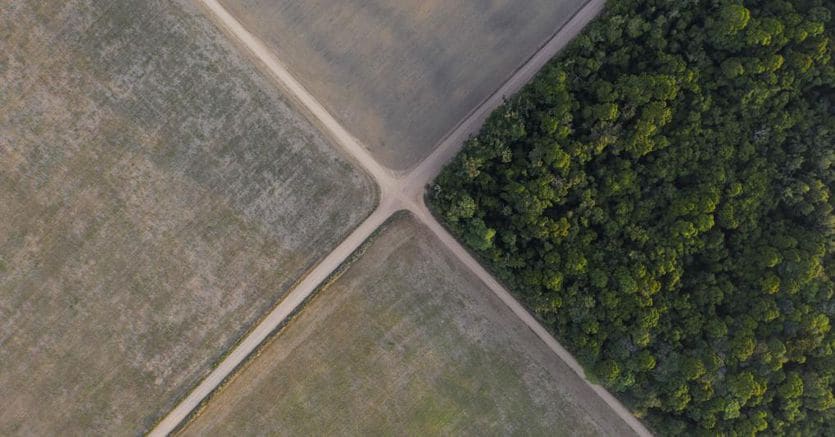Squeeze on the placing of products on the EU market to curb deforestation and forest degradation in the world. Soybeans, beef, palm oil, wood, cocoa and coffee and related products such as leather, chocolate and furniture are targeted.
This is the substance of the regulation proposed by the European Commission to bind companies to ensure that only products that have not caused deforestation and are considered legal under the laws of the country of origin are marketed in the EU. Operators will have to collect the geographic coordinates of the land where the goods they place on the market were produced.
The Commission will operate a system to identify countries with low, medium or high risk of producing raw materials or products “not free from deforestation or not in compliance with the legislation of the producing country”. The obligations for operators and authorities will vary according to the risk level of the country or region of production.
Agriculture and deforestation
The main driver of deforestation and forest degradation is the expansion of agricultural land, which is linked to the production of raw materials that the EU imports. By promoting the consumption of “deforestation-free” products and reducing the EU’s impact on global deforestation and forest degradation, the Commission points out, the new rules should reduce greenhouse gas emissions and biodiversity loss. FAO estimates that 420 million hectares of forest, an area larger than the European Union, were lost due to deforestation between 1990 and 2020.
In terms of net area loss (the difference between the area of cleared forest and new area of planted or regenerated forest), approximately 178 million hectares of forest cover would have been lost, an area three times the size of France. The Intergovernmental Panel on Climate Change estimates that 23% of total anthropogenic greenhouse gas emissions (2007-2016) come from agriculture, forestry and other land uses. About 11% of overall emissions come from forestry and other land uses, mainly deforestation, while the remaining 12% are direct emissions from agricultural production such as livestock and fertilizers.
